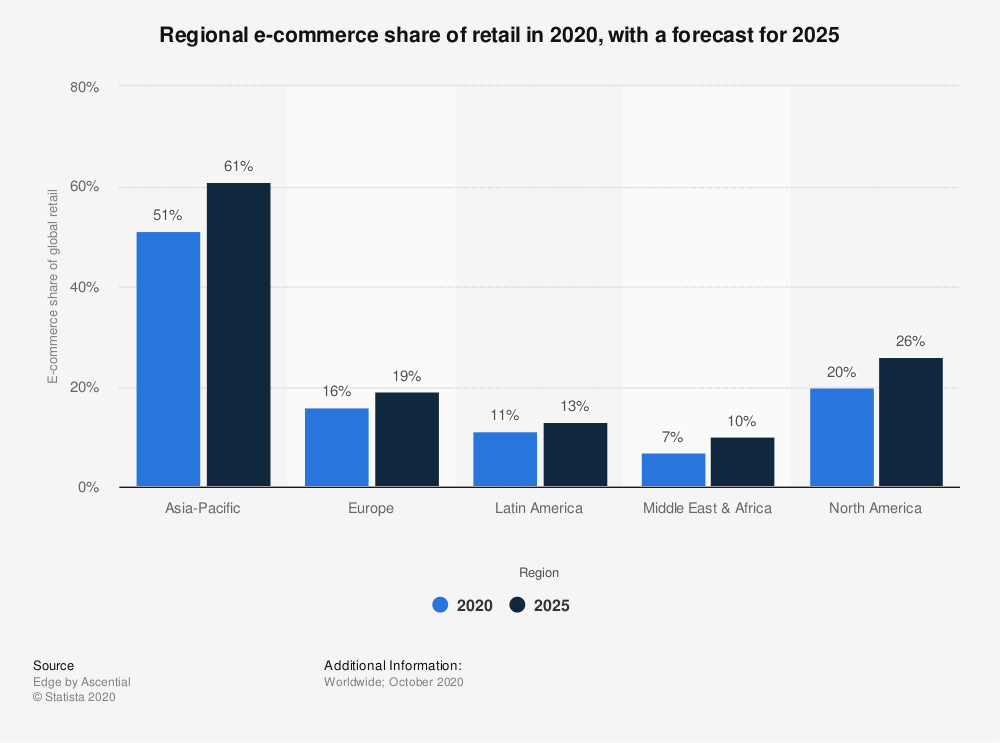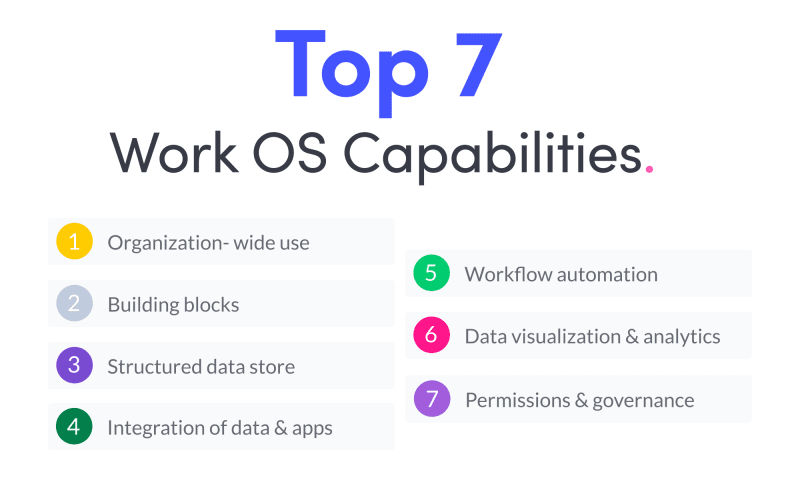What Should Your E‑Commerce Homepage Look Like? Tips & Examples
Your homepage has a few seconds to make or break a sale. Learn the essential homepage best practices that build trust and turn visitors into customers.

If you’re feeling inspired to start an online store, you’re not the only one. Recent statistics suggest that e‑commerce sales in Europe are expected to surpass $560 billion by 2025 with similar numbers in the US.
Whether you’re looking to take your brick-and-mortar business online or you’re a newcomer with a home-run product, it’s important to set a strong foundation for your—hopefully—profitable business.
To stand out in this crowded market you’re going to need an efficient and intuitive way to manage your backend, evaluate which platforms to market on, and track it all as you go. In this blog, we’ll give you the tips you need to get started and show you how using project management software can help you achieve your e‑commerce dreams faster.
In layman’s terms, an online store is a website where customers can place orders for a product or service. An online store could represent a small local store, a major retailer, or even someone who sells products through a third-party site, like eBay or Etsy.
To get an online store up and running, you’ll need a product catalogue, a shopping cart, and more. But we’ll get into the building blocks a little later.
Before we launch into the meat of this blog, it’s important to brush up on a few key terms—namely, the distinction between e‑commerce and online retail.
Both of these markets revolve around the sale and purchase of goods between a merchant and a buyer. Online retail is pretty similar to shopping in a physical store; clients can browse products and “bring them home”.
E‑commerce includes all aspects of operating a business online, such as providing a space for multiple merchants to sell their products for a fee (Shopify, anyone?). Online shops, on the other hand, are simply the online selling and purchasing of goods and services.
In short, it can be.
It’s projected that the percentage of global retail sales that come from e‑commerce will keep shooting upward. This rise in online shopping is a result of many factors, such as:

Source: Statista
You’re probably thinking, “With so many sales, there must be a lot of competition. How can I do things right from the start to be relevant and successful?”.
When it comes to starting an online store, there are certain items that should certainly be in your plan:
Recommended reading:
How to Start an Online Shop: A Beginner's Guide
Project management software is used for scheduling, project planning, resource allocation, and change management. Project managers (PMs), stakeholders, and team members use it to stay organised and on track while managing budget, quality, and documentation for a given project.
Choosing the right software will impact your ability to create, run, and grow your online store. The basic functions of project management software can help you with the core functions above, but it might not always be enough as your online store grows and your needs diversify.

Shutterstock/fizkes
Running an online store goes beyond choosing the right software or branding. Throughout the ongoing process of building, managing, and promoting your online store, there is a whole bevy of communication and procedural needs that must be met with efficiency and ease of use.
You can get to the next level with a Work OS.
A Work OS, or a work operating system, is a cloud-based software platform geared for organisations of all sizes and across all functions. Even non-technical users have the flexibility to adapt it to any workflow, project, or process.

Let’s zoom in on a few core functions of building an online store and look at how a Work OS like monday.com can help you grow faster by improving your marketing, sales projections, and inventory management efforts.
By nature, spreading the word about a new online store takes a small army of people and/or tools. A Work OS provides a collaborative environment to bring all of these people together on one platform in real time.
Whether it’s vetting e‑commerce platforms, nailing the copy and digital assets for marketing campaigns, or creating a content calendar, a Work OS provides the ability to communicate within the context of a task, instead of several scattered conversations or threads.
You can integrate third-party tools as well, such as Adobe or Shopify. By bringing an entire workflow into one place and assigning owners, you’ll never have to guess or check in with who is doing what.
The old adage, “To know where you’re going, you have to know where you have been” could certainly be your motto here. An important part of growing your online store is finding the right way to track and measure your success.
With a Work OS, you can set milestones and deadlines to track against your incoming and outgoing expenses and then reference them in multiple views, such as timelines, Gantt charts, or traditional calendars. You can track each stage of a sale by updating the status, and then pre-set automations will move the item through the pipeline easily.
The data tracked in your Work OS can then be converted directly into meaningful dashboards and reports, to let you know where sales stand and help you make sales projections that are supported by data, not hunches.
Online stores are not exempt from the general risks a brick-and-mortar store faces. One crucial way you can stay on top of them is to be well-informed of important numbers, especially your inventory. A Work OS can capture any kind of data with ease—both manually or by integrations with other tools— thus making data capture complete and digestible.
As your orders come in, you can automatically see updated quantities and set automations to remind you when it’s time to fill another bulk or special order.
Another bonus of a Work OS like monday.com is the ability to use it as a vehicle for customer requests and feedback about your products. By creating a simple form, customers can let you know what they want to see more of. For example, if you get a significant amount of requests for the restock of an item, you can justify a reorder with hard numbers.
As the world of online commerce continues to flourish, it can be worthwhile for many businesses to transition online, or to start a new online store altogether.
In order to get set up and running rapidly and build off of this momentum, individuals and teams alike should seek tools and methods to do this efficiently and as easily as possible. A Work OS provides the ideal platform to collaborate in order to manage an online store, from its conception to tracking and analysing progress.
02/06/21Your homepage has a few seconds to make or break a sale. Learn the essential homepage best practices that build trust and turn visitors into customers.
Product reviews can have a big impact on your online shop. Whether it's conversions, building trust, or SEO, learn why your shop needs product reviews.